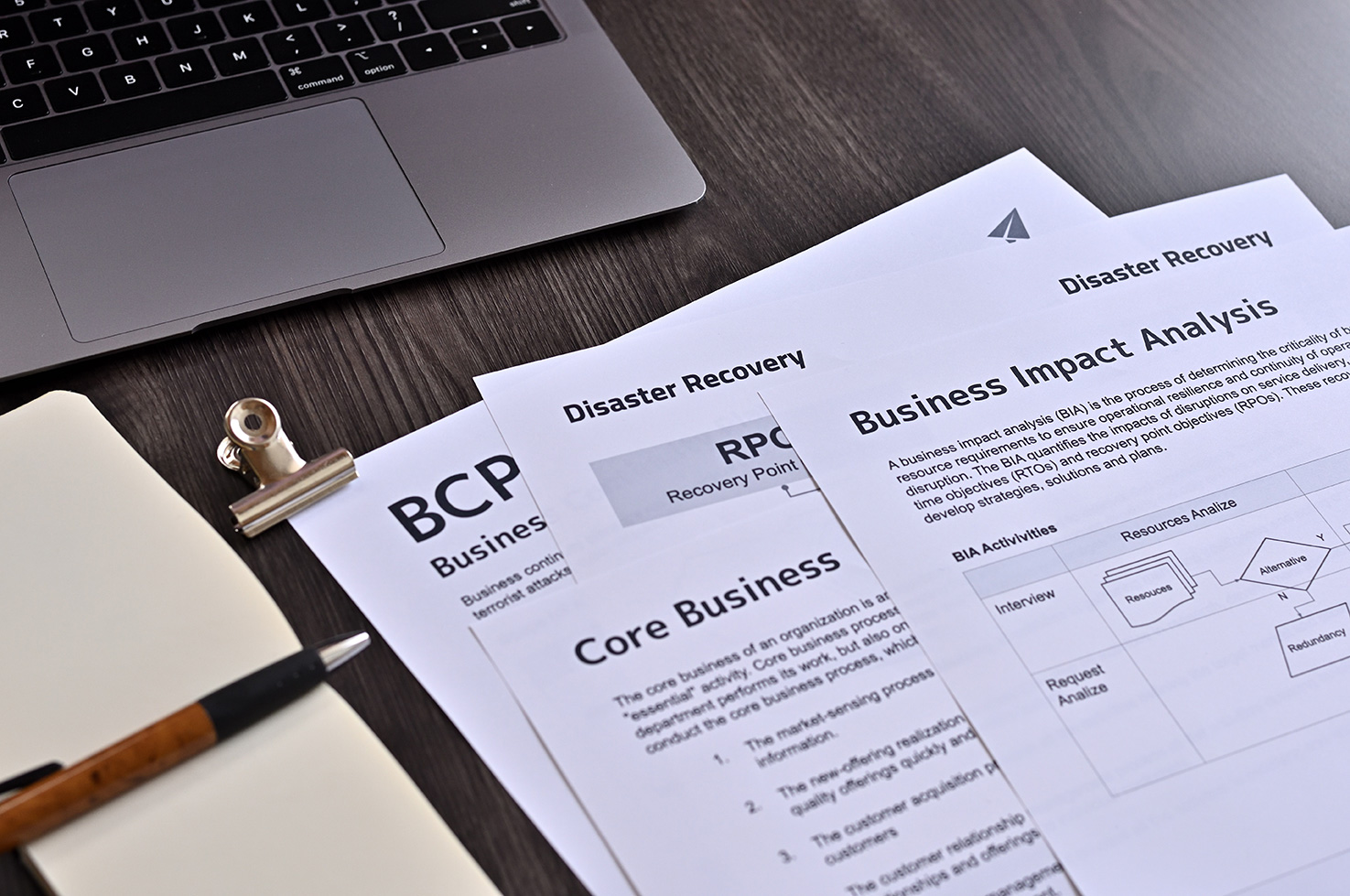KNOW OPERATIONS
Grainger KnowHow® is your source for insights to help optimize business operations, inventory management, supply chain, energy usage and more.
![]() OPERATIONS
OPERATIONS
- Tips and Tools for Beating the Heat 04/08/24
- Preparedness Check: Business Continuity Planning Quiz 01/10/24
- The Many Ways to Move Snow 10/10/22
![]() ARTICLES
ARTICLES

Inventory Management
Creative Ways to Make the Most of a Small Workspace
These guidelines that can help you make the most of a painfully small work area.
12/21/23
















